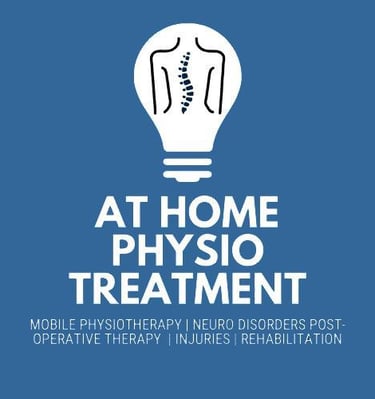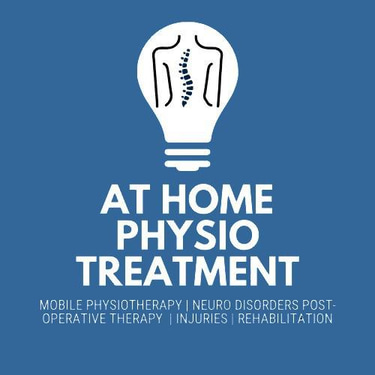24-Hour Posture Care
Daytime Posture, Work Environment, Exercise and Stretching, Sleep Posture, Mobile Devices, Ergonomics, Lifestyle Habits
PHYSIOTHERAPY
2/23/20242 min read


24-HOUR POSTURE CARE
24-hour posture care refers to a holistic approach aimed at maintaining healthy and functional body alignment throughout the day and night. Proper posture is crucial for preventing musculoskeletal issues, reducing pain, and promoting overall well-being. This approach involves being mindful of your posture in various activities and positions you engage in over a 24-hour period. Here's an overview of 24-hour posture care:
1. Daytime Posture:
Sitting: When sitting, maintain a neutral spine with your back straight and shoulders relaxed. Use a supportive chair and avoid slouching or leaning forward. Keep your feet flat on the ground or on a footrest.
Standing: Stand tall with your weight evenly distributed between both feet. Engage your core muscles to support your spine. Avoid locking your knees and keep your shoulders relaxed.
Walking: Walk with your head up, looking forward, and shoulders back. Allow your arms to swing naturally at your sides. Take regular strides and land on the middle of your foot.
2. Work Environment:
Desk Setup: Adjust your desk, chair, and computer monitor to maintain proper posture. Position the monitor at eye level and keep your wrists and arms in a neutral position while typing.
Breaks: Take regular breaks to stretch and move around. Avoid sitting or standing in one position for extended periods.
3. Exercise and Stretching:
Strengthening: Engage in exercises that strengthen your core, back, and supporting muscles. Strong muscles provide better support for proper posture.
Stretching: Incorporate regular stretching into your routine to improve flexibility and prevent muscle tension. Focus on areas prone to tightness, such as the neck, shoulders, and hips.
4. Sleep Posture:
Mattress and Pillow: Invest in a mattress and pillows that provide proper support for your spine. Your head, neck, and back should be aligned while sleeping.
Sleeping Positions: If you're a side sleeper, keep your spine straight and avoid tucking your chin into your chest. If you're a back sleeper, use a pillow that supports the natural curve of your neck.
5. Mobile Devices:
Text Neck: Avoid looking down at your mobile device for prolonged periods. Hold your device at eye level to prevent strain on your neck and upper back.
6. Mindful Awareness:
Posture Checks: Regularly check your posture throughout the day. Make adjustments as needed to maintain proper alignment.
7. Ergonomics:
Home Environment: Apply ergonomic principles to your home environment, including seating, workspace setup, and even how you watch TV.
8. Professional Guidance:
Physical Therapist or Chiropractor: If you have chronic posture-related issues or pain, consult a professional for personalized guidance and treatment.
9. Lifestyle Habits:
Hydration and Nutrition: Proper hydration and a balanced diet support overall muscle health and can contribute to better posture.
Mind-Body Practices: Activities like yoga, Pilates, and tai chi can improve body awareness, flexibility, and alignment.
By incorporating these principles into your daily routine, you can promote healthy posture, prevent discomfort, and enhance your overall quality of life. Remember that consistency is key, and making small adjustments throughout the day can have a significant impact on your posture and well-being.
CONTACTS
WhatsApp Chat Line: +44 7376 030885


Copyright© At Home Physio Treatment 2025. All right reserved
